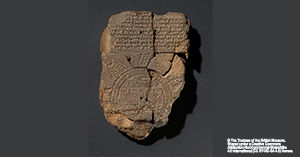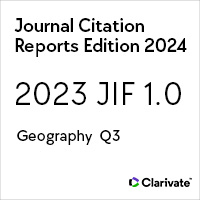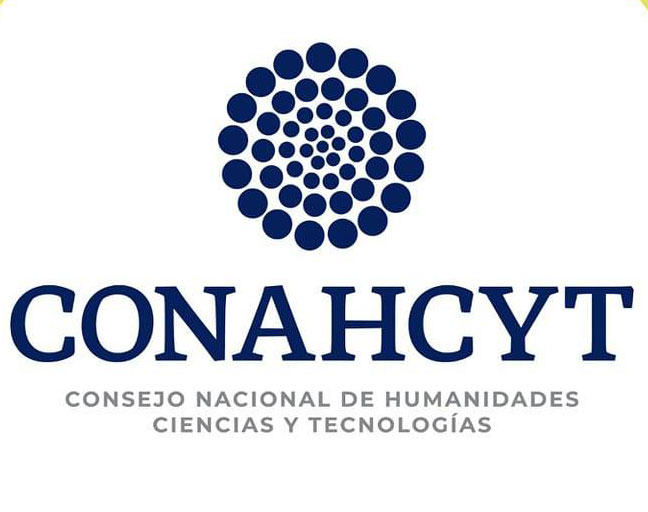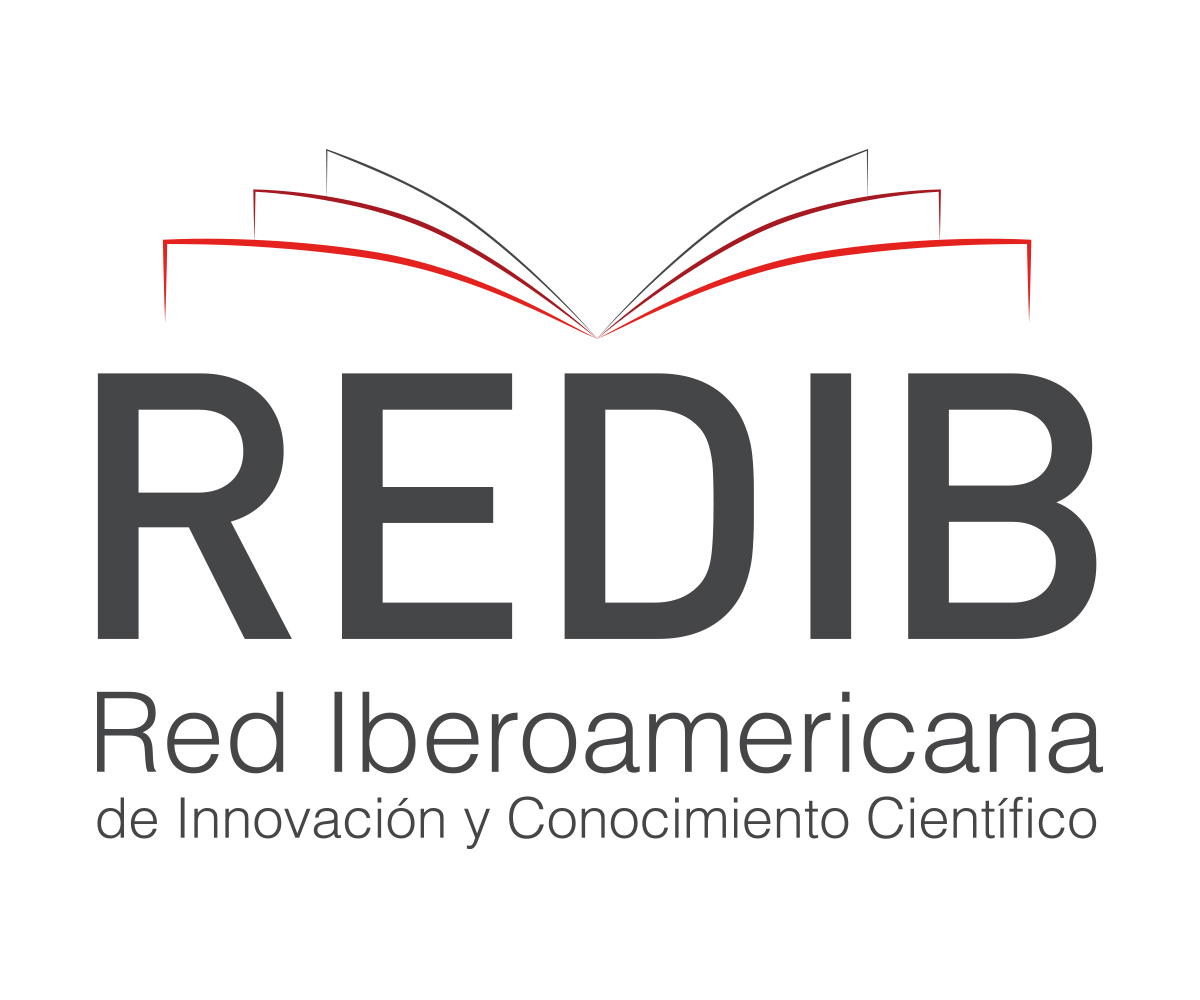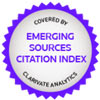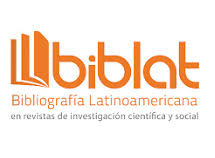Ancient civilizations’ territorial borders analyzed through their cosmogonies
Las fronteras territoriales de las antiguas civilizaciones analizadas a través de sus cosmogonías
https://doi.org/10.21670/ref.2416152
Keywords:
cosmogony, history of civilizations, history of religions, cartography, borders, fearAbstract
This paper compares the ancient Mediterranean and Mesopotamian civilizations’ concept of borders and their relation with the spaces they transformed through a comparative approach of selected ancient civilizations, putting these cosmogonies into a chronological evolutionary line. The distinct motifs, symbols, and theological frameworks are examined through secondary sources. While each of these civilizations counts with individual studies, few serious attempts have been made to address these four civilizations together. The discussion aims to set the premises of the importance of borders in contemporary urban and territorial studies when religion often has a secondary role. While they were critical elements in the definition of territorial limits in the past, their inheritance is still present in our contemporary concept of borders as producers of fears.Resumen
Este artículo compara el concepto que las antiguas civilizaciones mediterráneas y mesopotámicas tenían de las fronteras y su relación con los espacios que transformaban mediante un enfoque comparativo sobre algunas civilizaciones seleccionadas, situando estas cosmogonías en una línea evolutiva cronológica. El examen de los distintos motivos, símbolos y marcos teológicos se realiza a través de fuentes secundarias. Aunque cada una de estas civilizaciones cuenta con estudios individuales, se han hecho pocos intentos rigurosos de abordar estas cuatro civilizaciones de forma conjunta. La discusión pretende sentar las premisas de la importancia de las fronteras en los estudios urbanos y territoriales contemporáneos, cuando la religión tiene a menudo un papel secundario. Si en el pasado fueron elementos críticos en la definición de los límites territoriales, su herencia sigue presente en nuestra concepción contemporánea de las fronteras como productoras de miedos.References
Anteby-Yemini, L., Baby-Collin, V., Mazzella, S., Mourlane, S., Parizot, C. & Regnard, C. (Eds.). (2014). Borders, mobilities and migrations. Perspectives from the Mediterranean, 19-21st century. Peter Lang. DOI: https://doi.org/10.3726/978-3-0352-6416-6
Armitage, J. & Virilio, P. (2000). Ctherory interview with Paul Virilio: The Kosovo war took place in orbital space (P. Riemens, Trans.). CTHEORY, 23(3). https://cryptome.org/virilio-rma.htm DOI: https://doi.org/10.4135/9781446220306.n13
Bhabha, H. K. (1985). Sly civility. October, 34, 71-80. DOI: https://doi.org/10.2307/778489
Blake, G. H. (1998). Globalisation and the paradox of enduring national boundaries. In L. Boon-Thong & T. Shamsul Bahrin (Eds.), Vanishing borders: the new international order of the 21st century (pp. 247-256). Routledge. DOI: https://doi.org/10.4324/9780429423383-15
Borges, J. L. (1940). Tlön, Uqbar, Orbis Tertius. Sur, 68.
Brandes, W. (2016). Gog, Magog und die Hunnen: Anmerkungen zur eschatologischen “Ethnographie” der Völkerwanderungszeit. In W. Pohl, C. Gantner & R. Payne (Eds.), Visions of community in the post-Roman world. The West, Byzantium and the Islamic World, 300-1100 (pp. 477-498). Routledge.
Brotton, J. (2012). A history of the world in twelve maps. Allen Lane.
Castells, M. (1996). The information age: Economy, society and culture. Vol. I. The rise of the network society. Wiley Blackwell.
Cidell, J. & Prytherch, D. (Eds.). (2015). Transport, mobility, and the production of urban space. Routledge. DOI: https://doi.org/10.4324/9781315709680
Cimadomo, G. (2015). Las transformaciones de los espacios fronterizos. Influencia de las fronteras sobre el territorio. Publicia.
Cimadomo, G. (2017). Spatial practices in borderlands: bottom-up experiences and their influence on border communities. Acme. An International Journal for Critical Geographies, 16(3), 362-382. https://doi.org/10.14288/acme.v16i3.1066
Cimadomo, G. (2023). Spatial transformations in Ceuta, Spain: effects of a low-density hinterland on a border enclave. In Q. M. Zaman & G. Hall (Eds.), Border urbanism: transdisciplinary perspectives (pp. 321-336). Springer. https://doi.org/10.1007/978-3-031-06604-7_19 DOI: https://doi.org/10.1007/978-3-031-06604-7_19
Cimadomo, G. & Martínez Ponce, P. (2006). Ceuta and Melilla fences: a defensive system? In The Sarai Programme, Sarai Reader 06: Turbulence (pp. 336-341). http://archive.sarai.net/files/original/7df1a8eefe5e96f9dd0bd803ebd5c789.pdf
Colombani, M. C. (2008). El papel de Tierra en Teogonía. Poder y resistencia: el modelo de la batalla perpetua. Nuntius Antiquus, 1, 59-75. https://doi.org/10.17851/1983-3636.1..59-75 DOI: https://doi.org/10.17851/1983-3636.1..59-75
Crescentino, E. (2001, November). La ley en Sumer y Babilonia. Transoxiana. Journal de Estudios Orientales, (3). http://www.transoxiana.org/0103/babilonia.html
Diken, B. & Bagge Laustsen, C. (2018). Terror as potentiality – the affective rhythms of the political. Journal for Cultural Research, 22(4), 412-426. https://doi.org/10.1080/14797585.2019.1631998 DOI: https://doi.org/10.1080/14797585.2019.1631998
Dorling, D. (1998). Human cartography: when it is good to map. Environment and Planning A: Economy and Space, 30(2), 277-288. https://doi.org/10.1068/a300277 DOI: https://doi.org/10.1068/a300277
Doufikar-Aerts, F. (2020). Gog and Magog crossing borders: biblical, Christian and Islamic imaginings. In V. Wieser, V. Eltschinger, & J. Heiss (Eds.), Cultures of eschatology (Vol. 1, pp. 390-414). De Gruyter Oldenbourg. https://doi.org/10.1515/9783110597745-021 DOI: https://doi.org/10.1515/9783110597745-021
Douglas, M. (1993). The forbidden animals in Leviticus. Journal for the Study of the Old Testament, 18(59), 3-23. https://doi.org/10.1177/030908929301805901 DOI: https://doi.org/10.1177/030908929301805901
Douglas, M. (2002). Purity and danger. An analysis of concept of pollution and taboo. Routledge.
Espinel, A. D. (1998). Fronteras y demarcaciones del territorio egipcio en el Reino Antiguo. Studia Historica: Historia Antigua, 16. https://revistas.usal.es/index.php/0213-2052/article/view/6273
Farinelli, F. (2007). L’invenzione della terra. Sellerio.
Farinelli, F. (2018). Blinding Polyphemus. Geography and the models of the world. Seagull Books, Kolkata.
Feyerabend, P. (1975). Against method: outline of an anarchistic theory of knowledge. NLB / Humanities Press.
Feyerabend, P. (1976). Wider den Methodenzwang: Skizze einer anarchistischen Erkenntnistheorie. Suhrkamp Verlag.
Feyerabend, P. (1987). Science in a free society. Verso Editions.
Gargaud, M., Amils, R., Quintanilla, J. C., Cleaves, H. J., Irvine, W. M., Pinti, D. L. & Viso, M. (Eds.). (2011). Encyclopedia of Astrobiology. Springer. https://www.springer.com/gp/book/9783642112744 DOI: https://doi.org/10.1007/978-3-642-11274-4
Geertz, C. (1972). Religion as a cultural system. In W. A. Lessa & E. Z. Vogt (Eds.), Reader in Comparative Religion: an anthropological approach (4th ed., pp. 167-178). Harper and Row.
Hacyan, S. (2001). El descubrimiento del Universo. Fondo de Cultura Económica.
Harley, J. B. & Woodward, D. (Eds.). (1987). History of Cartography: Vol. 1. Cartography in Prehistoric, Ancient, and Medieval Europe and the Mediterranean. University of Chicago Press. https://press.uchicago.edu/books/HOC/HOC_V1/Volume1.html
Horowitz, W. (1998). Mesopotamian cosmic geography. Eisenbrauns.
Kahn, C. H. (1960). Anaximander and the origins of Greek cosmology. Columbia University Press. DOI: https://doi.org/10.7312/kahn90334
Kramer, S. N. (1956). History begins at Sumer. Thirty-nine firsts in recorded history. University of Pennsylvania Press. https://archive.org/details/Kramer1956HistoryBeginsAtSumer/mode/2up
Liverani, M. (2013). The ancient Near East: history, society and economy. Routledge. https://doi.org/10.4324/9781315879895 DOI: https://doi.org/10.4324/9781315879895
Maspero, G. (1901). History of Egypt Chaldea, Syria, Babylonia, and Assyria (A. H. Sayce, Ed.; M. L. McClure, Trans.). The Grolier Society Publishers. https://archive.org/details/historyofegyptch06rappuoft/page/n7/mode/2up
Michalowski, P. (2009). Masters of the four corners of the heavens: views of the universe in early Mesopotamian writings. In K. A. Raaflaub & R. J. A. Talbert (Eds.), Geography and Ethnography: perceptions of the world in pre‐modern societies (pp. 147-168). Wiley-Blackwell. DOI: https://doi.org/10.1002/9781444315653.ch10
Moreno Corral, M. A. (1997). La morada cósmica del hombre: Ideas e investigaciones sobre el lugar de la Tierra. Fondo de Cultura Económica.
Muñoz Ramírez, F. (2008). Lock living: El paisaje urbano y el urbanismo de la seguridad. In Architectures of fear. Terrorism and the future of urbanism in the West (pp. 77-89). Centre de Cultura Contemporània de Barcelona.
New American Bible. (2002). United States Conference of Catholic Bishops. https://www.vatican.va/archive/bible/genesis/documents/bible_genesis_en.html
Pain, R. (2000). Place, social relations and the fear of crime: a review. Progress in Human Geography, 24(3), 365-387. https://doi.org/10.1191/030913200701540474. DOI: https://doi.org/10.1191/030913200701540474
Prados, F., García, I. & Bernard, G. (Eds.). (2012). Confines. El extremo del mundo durante la antigüedad. Publicaciones de la Universidad de Alicante.
Rennie, B. (2009). Myths, models, and metaphors: religion as model and the philosophy of science. Religion, 39(4), 340-347. https://doi.org/10.1016/j.religion.2009.08.009 DOI: https://doi.org/10.1016/j.religion.2009.08.009
Russell, J. B. (1997). Inventing the flat Earth: Columbus and modern historians. Praeger.
Russell, J. B. (2006). Paradise mislaid: how we lost Heaven and how we can regain it. Oxford University Press.
Russo, L. (2013). L’America dimenticata. I rapporti tra le civiltà e un errore di Tolomeo. Mondadori Università.
Scafi, A. (2006). Mapping paradise: a history of Heaven on Earth. British Library.
Siebold, J. (n. d.). Anaximander and Anaximenes’ world view. World according to Anaximander and Anaximenes. My Old Maps. Retrieved on May 18, 2023, from https://www.myoldmaps.com/maps-from-antiquity-6200-bc/105-homer/106-ancient-greek-world/107-anaximander/107anaximenes.pdf
Stone, J. R. (Ed.). (2005). The Routledge dictionary of Latin quotations: The illiterati’s guide to Latin maxims, mottoes, proverbs and sayings. Routledge.
Téllez, C. A. (1994). Los elementos en la teogonía de Hesíodo. Elementos. Revista de Ciencia y Cultura, 20(3), 14-22. https://elementos.buap.mx/directus/storage/uploads/00000002794.pdf
Tuzzeo, D. (2017, October 12). Religious cartography. Barry Lawrence Ruderman Conference on Cartography. https://exhibits.stanford.edu/blrcc/feature/religious-cartography
Van Houtum, H., & Strüver, A. (2002). Borders, strangers, doors and bridges. Space and Polity, 6(2), 141-146. https://doi.org/10.1080/1356257022000003590 DOI: https://doi.org/10.1080/1356257022000003590
Virilio, P., & Lotringer, S. (2008). Pure war: twenty five years later (New and updated ed.). Semiotext(e).

